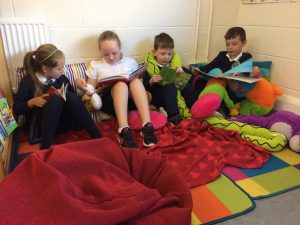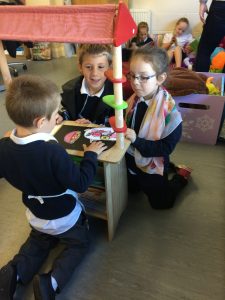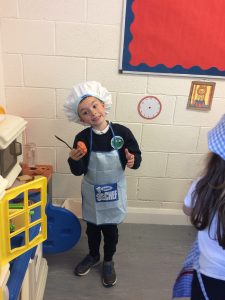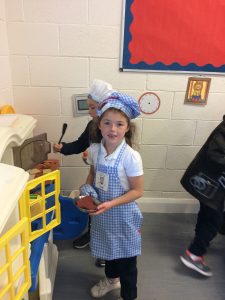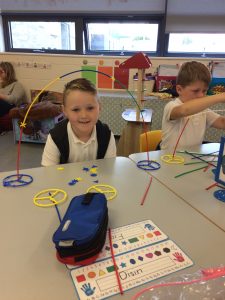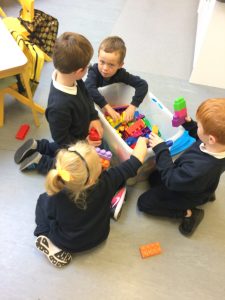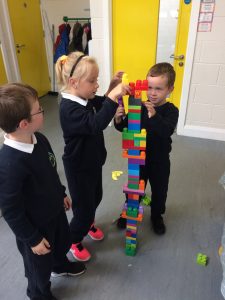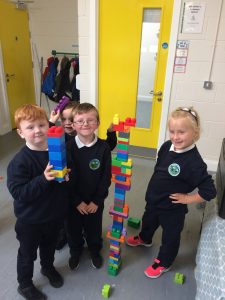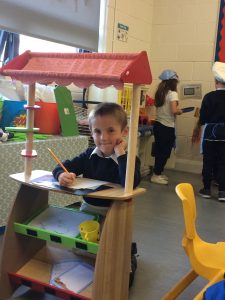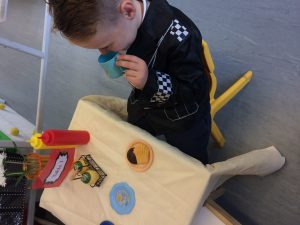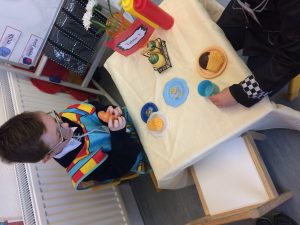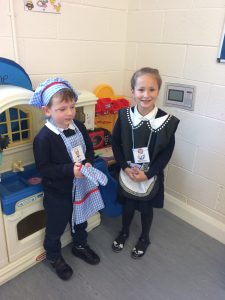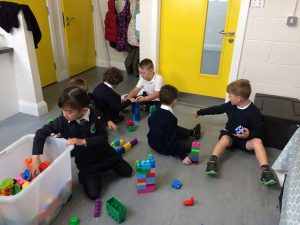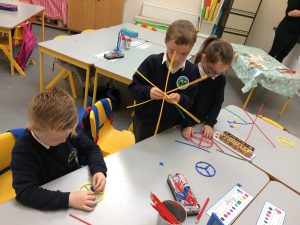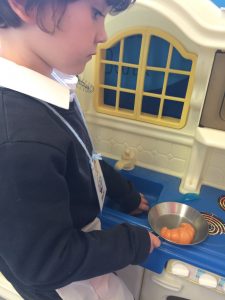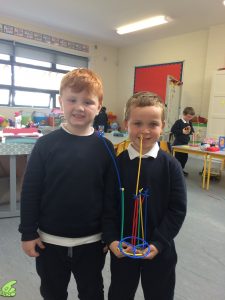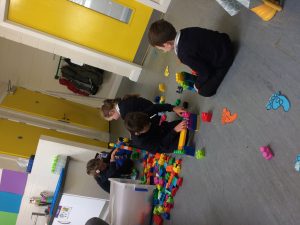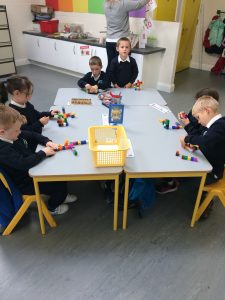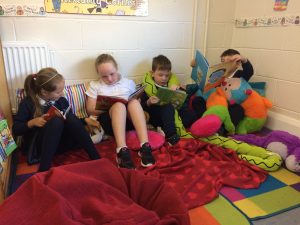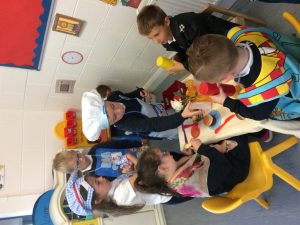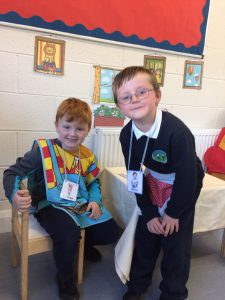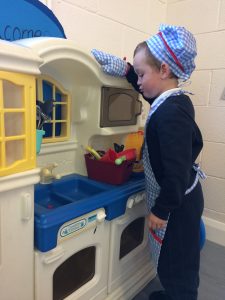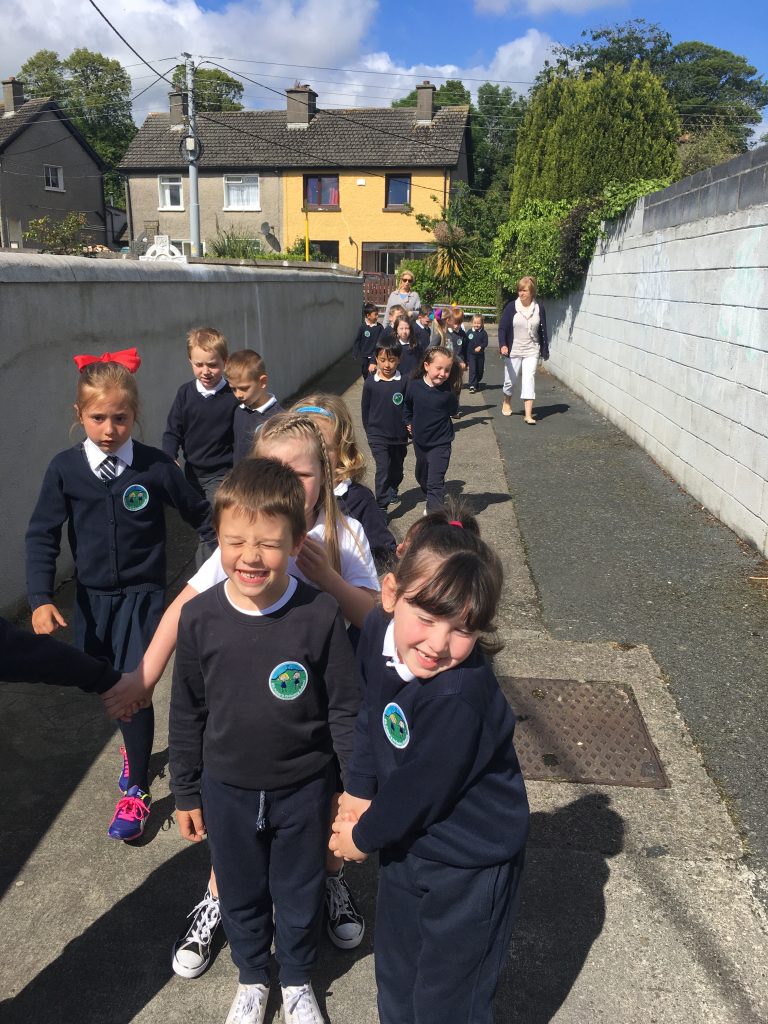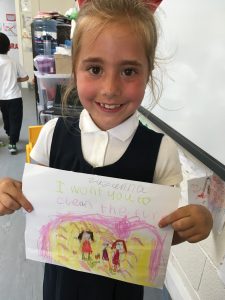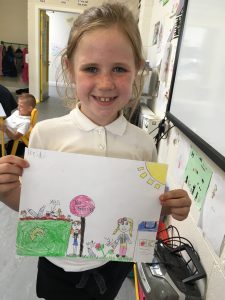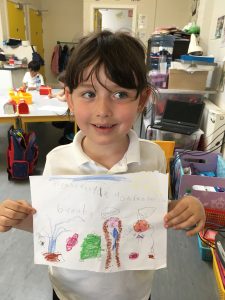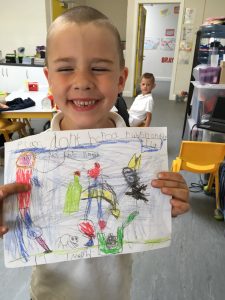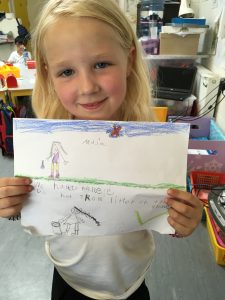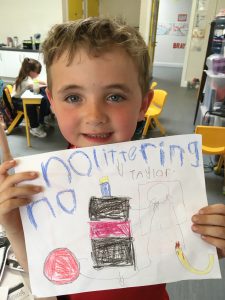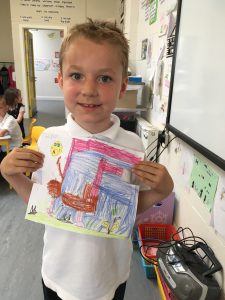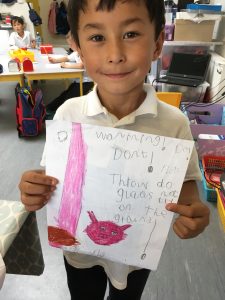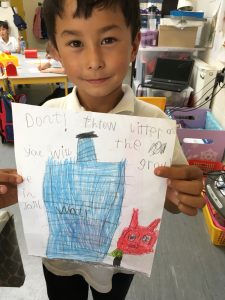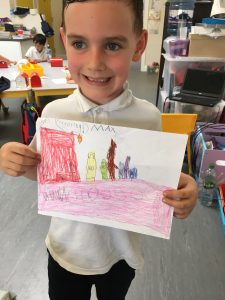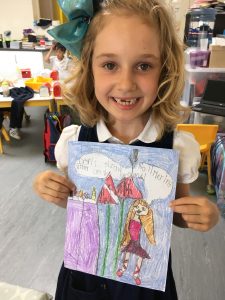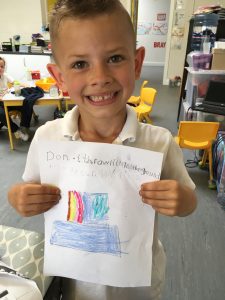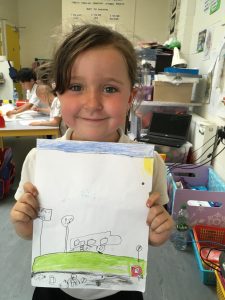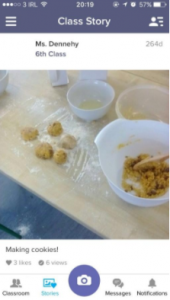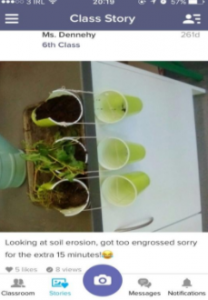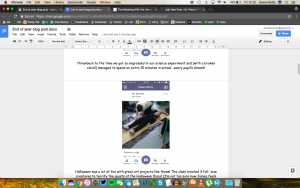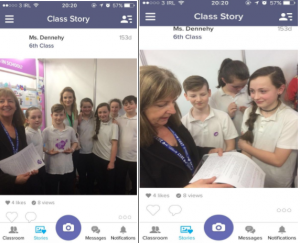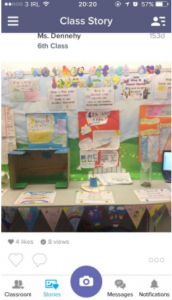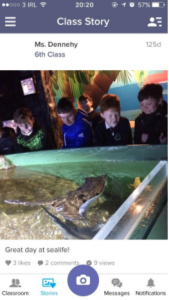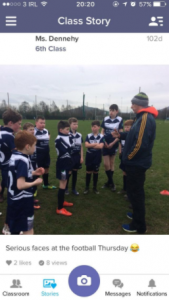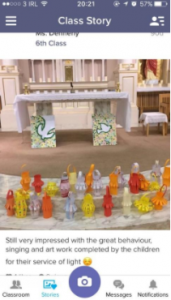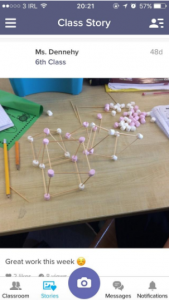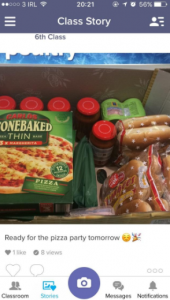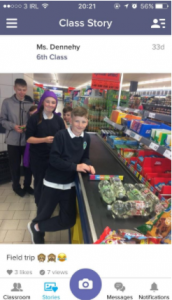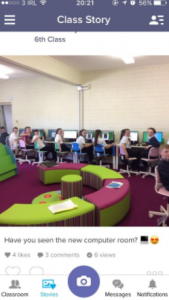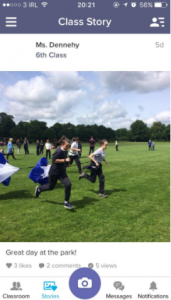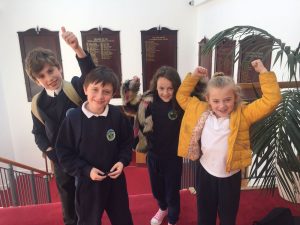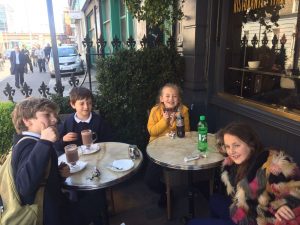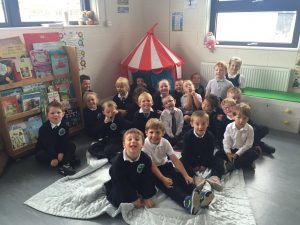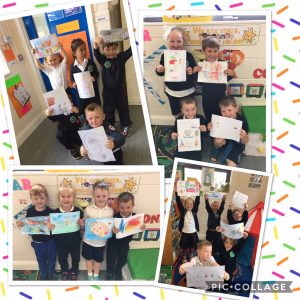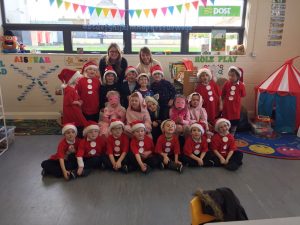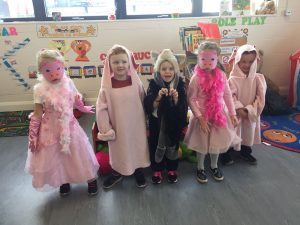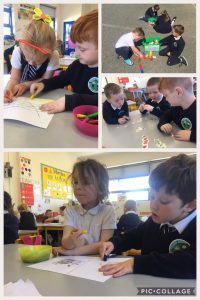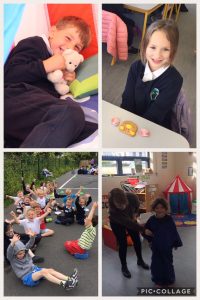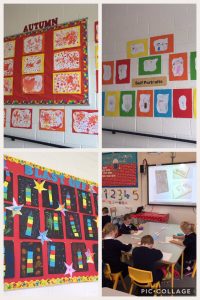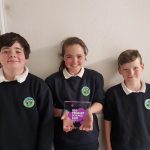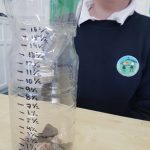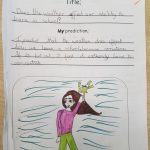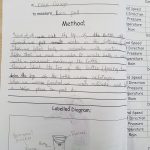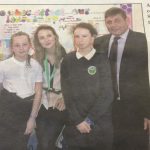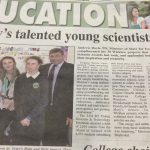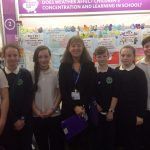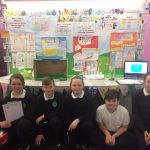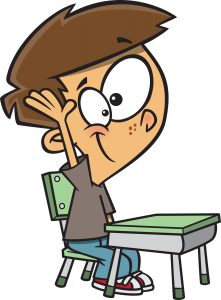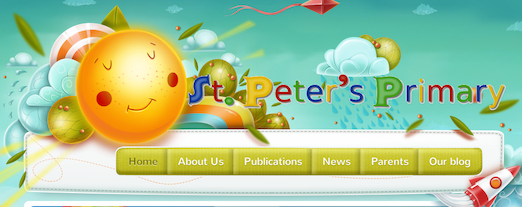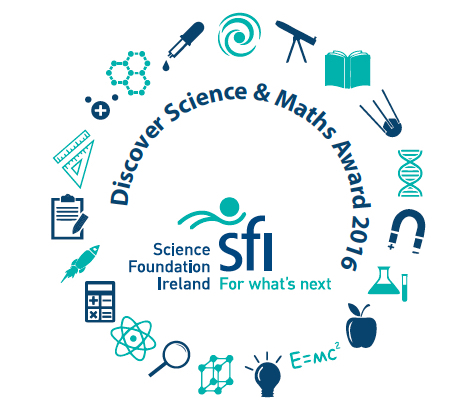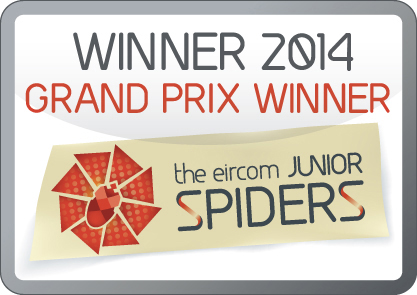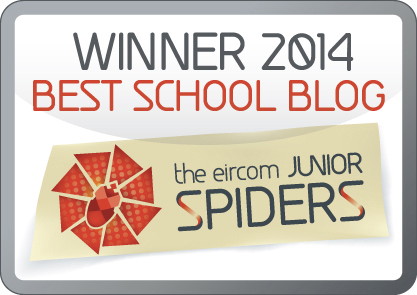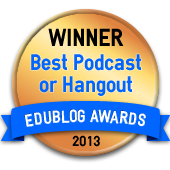
Welcome to our submission for the Discover Primary Science and Maths award for 2017. This is our 12th year taking part in the Awards! Once again this year we are applying for the Plaque of STEM Excellence. This award is given to schools that carry out extensive work in science, technology, engineering and maths, all of which are very important in St. Peter’s.
This is the 3rd year that we have had Junior and Senior Infants taking part in the award! It is great to see the young scientists have so much fun learning about Science and Maths.
Yet again, a huge amount of work has gone into this. Every class in the whole school has taken part in this application, well done to all the pupils and teachers! For the fifth year in a row, we are using our blog to submit our award and to link back to our activities that have taken part during the year. Our SFI Award number this year is WW026.
Step 1: Science
For this step, we carried out six hands-on Science investigations under the four different strands in classes throughout the school. We also tried to include Maths in these investigations where possible, linking in with Step 4.
- Energy and Forces: 1st Class learned all about floating and sinking. They used this new information to help them make their own boats! Read all about their experiment here.
- Living Things: 2nd Class conducted an experiment based on their bodies, focusing on their hearts and their pulse. You can read all about their experiment here.
- Environmental Awareness and Care: 3rd Class investigated solar energy, and were very lucky with the week they chose as the sun was shining! You can read about their experiment here.
- Materials: Senior Infants used their STEM lesson to try and help Humpty Dumpty out! Read all about their great teamwork and solutions here.
- Environmental Awareness and Care: Junior Infants learned all about our environment and how they could help Sandy Shores. You can read all about their great work here!
- Materials: 4th Class were experimenting with sound and materials. You can check out their fun investigation here.
Boys and girls from 3rd, 4th, 5th, and 6th class took part in the First Lego League again this year thanks to Mr. Kinsella and Ms. Byrne, in partnership with Salesforce. You can read all about the huge effort that went in to planning for their trip to Galway here.
You can also read all about our Space Week activites here and here!
6th Class also took part in the BT Young Scientist and Technology Exhibition, which you can read all about here.
Step 2: Technology
In the second step, we had to ensure that technology was used by our pupils. As a previous winner of the Junior Spider Awards, technology has become a part of every-day life in St. Peter’s. We were also awarded the Digital School of Distinction award, which showcased the effort and time we put in incorporating technology into our daily school lives.
For example, for Space Week, we recorded a poem with a pupil from each class taking part in our podcast. You can listen to it here.
Mr. Kinsella and Ms. Byrne ran an after school club which culminated in our school taking part in the FIRST Lego League in Galway. It was a superb experience for the boys and girls which you can read about here.
Throughout all the other classes in the school, pupils of every age have also used cameras, laptops, animoto, and this blog, as well as apps such as vine and twitter, to showcase the work that they have been doing during the course of the year. As you can see from our submission this year, we have continued to implement technology in our day-to-day teaching and learning, with Maths and Science at the forefront of this. You can check out all of our tweets from the year @stpetersbray!
Step 3: Engineering
For the third step of our application for the DPSM Plaque of STEM Excellence, we have had a big focus on the Design and Make element of Science. Last year, our staff worked in conjunction with St. Patrick’s College regarding professional development in STEM. A big part of this focused on the Design and Make process, and helped us make sure STEM was an integral part of our engineering activities. An example of how we look to incorporate STEM into our lessons can be seen here, where Senior Infants looked to design and make ways to help Humpty Dumpty!
We include two examples of our Design and Make lessons as part of our application. As you can see from our blog post by 5th Class here, we have numerous examples of engineering taking place in our school across many classes during Engineers Week.
Step 4: Maths
Throughout our Science investigations, we incorporated Maths where possible, For example, 2nd learned about data and used charts to record their results here, and 3rd Class used mathematical skills to record their solar science experiment, which you can read about here.
Step 5: STEM Showcase
6th Class took part yet again in the BT Young Scientist Exhibition in the RDS in January this year. This year they investigated if the weather affects our learning. As always, they put a lot of effort into their submission, and presented it brilliantly on the day. You can read about their work here.
We hoped you enjoyed reading our submission!

